-
 Bitcoin
Bitcoin $102,949.6253
3.38% -
 Ethereum
Ethereum $2,338.4946
19.99% -
 Tether USDt
Tether USDt $0.9999
-0.02% -
 XRP
XRP $2.3968
8.64% -
 BNB
BNB $637.0250
3.78% -
 USDC
USDC $1.0000
-0.01% -
 Dogecoin
Dogecoin $0.2072
13.02% -
 Cardano
Cardano $0.7924
10.43% -
 TRON
TRON $0.2636
5.05% -
 Sui
Sui $3.9829
6.14% -
 Chainlink
Chainlink $16.2479
9.39% -
 Avalanche
Avalanche $23.5942
12.80% -
 Stellar
Stellar $0.3007
9.90% -
 Shiba Inu
Shiba Inu $0.0...01519
13.38% -
 Hedera
Hedera $0.2018
8.61% -
 Hyperliquid
Hyperliquid $25.2936
17.11% -
 Bitcoin Cash
Bitcoin Cash $414.7416
0.06% -
 Toncoin
Toncoin $3.2860
5.54% -
 UNUS SED LEO
UNUS SED LEO $8.7364
-0.74% -
 Litecoin
Litecoin $98.2278
6.74% -
 Polkadot
Polkadot $4.6909
10.44% -
 Monero
Monero $303.6835
1.99% -
 Dai
Dai $1.0000
-0.03% -
 Pepe
Pepe $0.0...01270
39.94% -
 Bitget Token
Bitget Token $4.4987
3.48% -
 Pi
Pi $0.7410
19.57% -
 Ethena USDe
Ethena USDe $1.0002
-0.01% -
 Uniswap
Uniswap $6.3515
21.66% -
 Bittensor
Bittensor $430.2143
7.45% -
 Aptos
Aptos $5.6979
11.74%
What is the issuance price and issuance volume of The Sandbox (SAND) coin?
The initial coin offering (ICO) for The Sandbox (SAND) sold 3 billion tokens at a price of $0.008 per token, raising $24 million in funding.
Dec 09, 2024 at 01:01 am
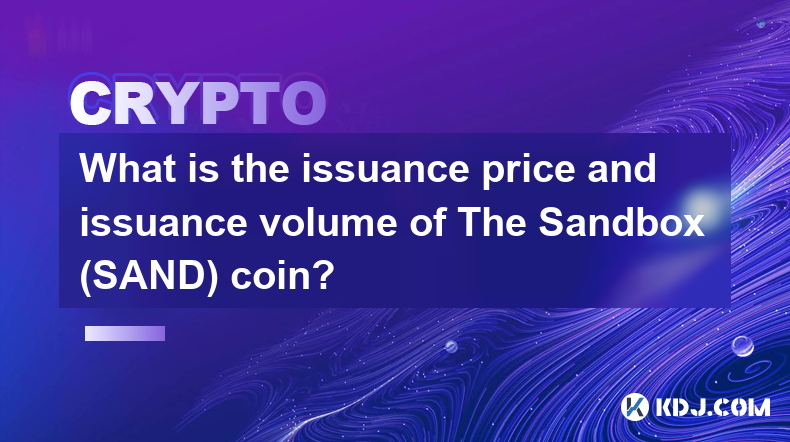
What is the Issuance Price and Issuance Volume of The Sandbox (SAND) Coin?
The Sandbox (SAND) is a decentralized virtual world built on the Ethereum blockchain, where players can create, build, and monetize their own gaming experiences. SAND is the utility token that powers the ecosystem, and is used for transactions within the platform, as well as for staking and governance.
Issuance Price and Issuance Volume of The Sandbox (SAND) Coin
The Sandbox (SAND) coin was first issued in August 2020 through an initial coin offering (ICO), with a total supply of 3,000,000,000 SAND tokens. The issuance price of SAND was $0.008 per token, raising a total of $24 million from investors.
Detailed Analysis of The Sandbox (SAND) Coin's Issuance
1. Token Use Cases:
The SAND token has a variety of use cases within The Sandbox ecosystem. It is primarily used for the following:
- In-game Transactions: SAND is the primary currency used for transactions within The Sandbox virtual world, including purchasing land, assets, and services.
- Staking and Rewards: Token holders can stake their SAND to earn rewards and participate in the governance of the platform.
- LAND Ownership: SAND is required to purchase LAND parcels in The Sandbox, which can be used to build experiences, host games, or simply as virtual real estate.
- Asset Creation: SAND can be used to create and trade assets, such as characters, vehicles, or buildings, within The Sandbox ecosystem.
- DAO Governance: SAND holders have the ability to participate in the decentralized autonomous organization (DAO) governing The Sandbox, and vote on proposals related to platform development and operations.
2. Tokenomics and Value Proposition:
The Sandbox (SAND) tokenomics are designed to provide utility and value to token holders. The token's key features include:
- Limited Supply: The total supply of SAND tokens is capped at 3,000,000,000, creating scarcity and potential for price appreciation.
- Use Case Utility: SAND is used as the primary currency for in-game transactions, staking, and LAND ownership, creating strong demand within the ecosystem.
- Community Governance: SAND holders have the ability to participate in the DAO governance process, ensuring that the platform remains responsive to community input.
- Asset Ownership: The use of SAND for asset creation and LAND ownership gives token holders a stake in the digital economy of The Sandbox.
3. Investment Considerations:
The Sandbox (SAND) coin is a speculative investment and carries significant risk. Potential investors should consider the following factors:
- Competition: The Sandbox is one of several virtual world platforms in the blockchain space, and faces competition from projects such as Decentraland (MANA) and Axie Infinity (AXS).
- Regulatory Environment: The regulatory landscape for virtual worlds and cryptocurrencies is evolving, and could impact the growth and adoption of The Sandbox platform.
- Technical Risk: The Sandbox project relies on the underlying Ethereum blockchain, which can experience technical issues or network congestion.
- Market Volatility: The price of SAND token is subject to market volatility and could fluctuate significantly in the future.
Before investing in any cryptocurrency, it is essential to conduct thorough research and understand the inherent risks involved.
4. Future Developments:
The Sandbox team is actively working on developing and expanding the platform's features and functionality. Future developments include:
- Gameplay and Creator Tools: Enhancements to the game engine and creator tools, enabling users to build more sophisticated experiences.
- Metaverse Expansion: Integrations with other virtual worlds and metaverse projects, creating a more immersive and interconnected virtual ecosystem.
- NFT Marketplace: The launch of a dedicated NFT marketplace for trading assets created within The Sandbox, providing additional value and liquidity to users.
- Play-to-Earn Economy: Implementation of play-to-earn mechanics, allowing users to earn SAND and other rewards through gameplay.
These developments are expected to further increase the utility and adoption of The Sandbox (SAND) token within the ecosystem and beyond.
Disclaimer:info@kdj.com
The information provided is not trading advice. kdj.com does not assume any responsibility for any investments made based on the information provided in this article. Cryptocurrencies are highly volatile and it is highly recommended that you invest with caution after thorough research!
If you believe that the content used on this website infringes your copyright, please contact us immediately (info@kdj.com) and we will delete it promptly.
- Rumble to Launch Bitcoin and Stablecoin Wallet in Q3 2025
- 2025-05-09 20:10:12
- Bitcoin Solaris (BTC-S) Offers Hard-Capped Digital Scarcity and Modernized Bitcoin (BTC) Functionality
- 2025-05-09 20:10:12
- Still Worth Buying Kaspa? KAS Price Outperformed by Meme Coins
- 2025-05-09 20:05:23
- Ethena [ENA] Has Been Trading Within a Descending Channel Since March
- 2025-05-09 20:05:23
- Bitcoin (BTC) Reclaims $100,000 as Spot ETFs Log Continued Inflows
- 2025-05-09 20:05:22
- Bitcoin price extends its rally, pushing past the $100000 mark to reach nearly $104000
- 2025-05-09 20:05:22
Related knowledge
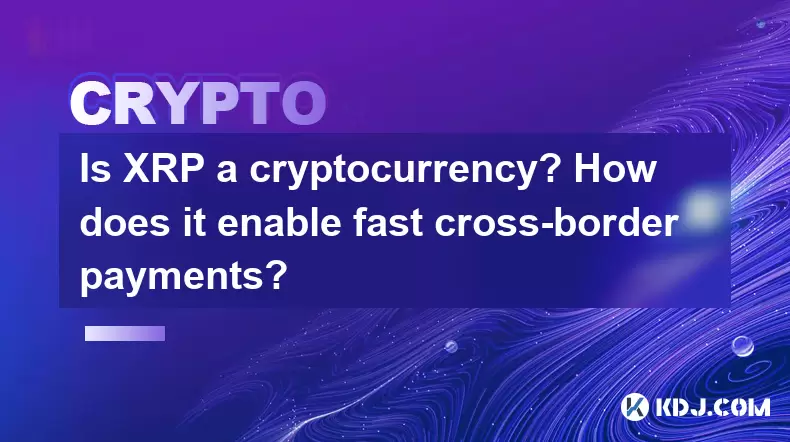
Is XRP a cryptocurrency? How does it enable fast cross-border payments?
May 09,2025 at 04:21pm
Is XRP a cryptocurrency? How does it enable fast cross-border payments? XRP is indeed a cryptocurrency, and it plays a significant role in facilitating fast cross-border payments. Created by Ripple Labs, XRP is designed to serve as a bridge currency in international transactions, enabling quick and cost-effective transfers between different currencies. ...
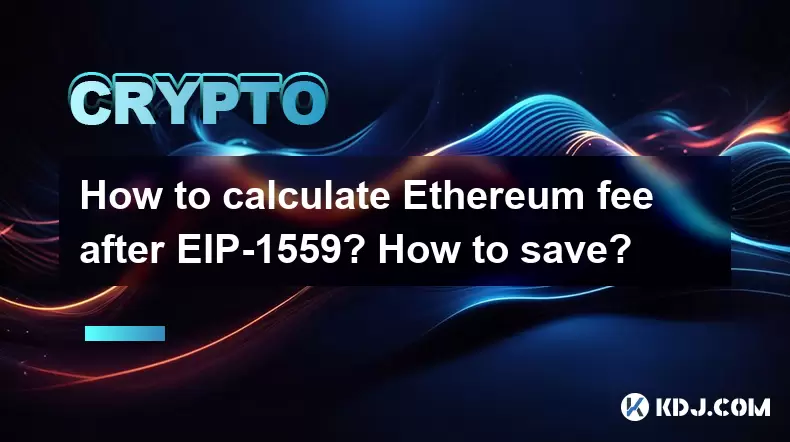
How to calculate Ethereum fee after EIP-1559? How to save?
May 09,2025 at 08:01am
The introduction of EIP-1559 in August 2021 brought significant changes to the Ethereum network's fee structure, revolutionizing how users interact with transaction costs. This article will delve into the specifics of how to calculate Ethereum fees post-EIP-1559 and offer strategies to save on these fees. Understanding EIP-1559 and its ComponentsEIP-155...
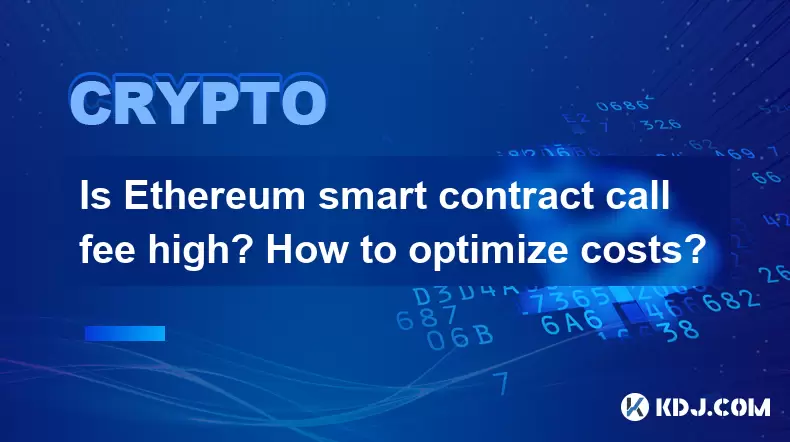
Is Ethereum smart contract call fee high? How to optimize costs?
May 08,2025 at 09:35am
Is Ethereum Smart Contract Call Fee High? How to Optimize Costs? The world of Ethereum smart contracts has revolutionized the way we think about decentralized applications and blockchain technology. However, one of the most frequently discussed topics within this realm is the cost associated with executing smart contract calls. In this article, we will ...
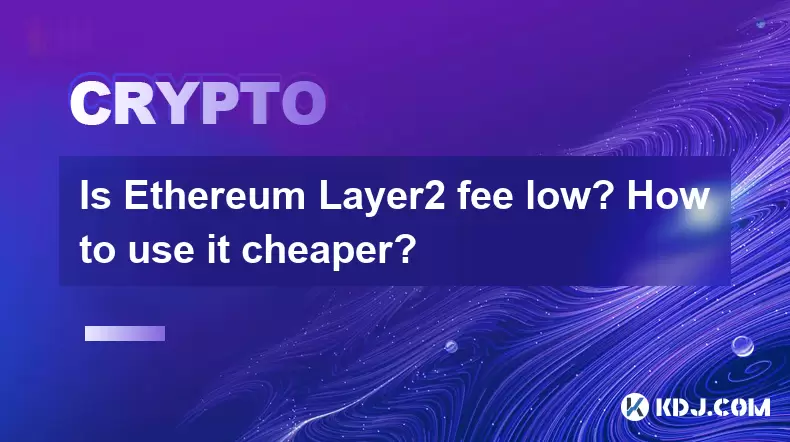
Is Ethereum Layer2 fee low? How to use it cheaper?
May 08,2025 at 03:56am
The question of whether Ethereum Layer 2 solutions offer lower fees and how to use them more economically is a topic of great interest within the cryptocurrency community. Ethereum's Layer 2 solutions have been developed to address the high transaction fees and scalability issues associated with the main Ethereum network. In this article, we will delve ...

How to calculate Ethereum network fee? How to reduce transaction costs?
May 08,2025 at 02:15am
Understanding and managing Ethereum network fees is crucial for anyone involved in transactions on the Ethereum blockchain. The network fee, also known as gas fee, is the amount of Ether (ETH) required to successfully conduct a transaction or execute a smart contract on the Ethereum network. Calculating these fees and finding ways to reduce them can sig...
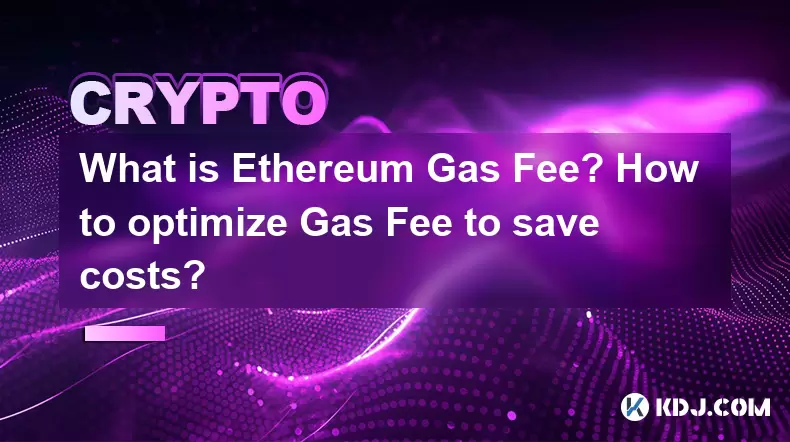
What is Ethereum Gas Fee? How to optimize Gas Fee to save costs?
May 08,2025 at 03:43am
Ethereum gas fees are a crucial aspect of interacting with the Ethereum blockchain. Understanding and optimizing these fees can significantly impact the cost-effectiveness of transactions and smart contract interactions. In this article, we will delve into what Ethereum gas fees are, how they are calculated, and provide detailed strategies for optimizin...

Is XRP a cryptocurrency? How does it enable fast cross-border payments?
May 09,2025 at 04:21pm
Is XRP a cryptocurrency? How does it enable fast cross-border payments? XRP is indeed a cryptocurrency, and it plays a significant role in facilitating fast cross-border payments. Created by Ripple Labs, XRP is designed to serve as a bridge currency in international transactions, enabling quick and cost-effective transfers between different currencies. ...

How to calculate Ethereum fee after EIP-1559? How to save?
May 09,2025 at 08:01am
The introduction of EIP-1559 in August 2021 brought significant changes to the Ethereum network's fee structure, revolutionizing how users interact with transaction costs. This article will delve into the specifics of how to calculate Ethereum fees post-EIP-1559 and offer strategies to save on these fees. Understanding EIP-1559 and its ComponentsEIP-155...

Is Ethereum smart contract call fee high? How to optimize costs?
May 08,2025 at 09:35am
Is Ethereum Smart Contract Call Fee High? How to Optimize Costs? The world of Ethereum smart contracts has revolutionized the way we think about decentralized applications and blockchain technology. However, one of the most frequently discussed topics within this realm is the cost associated with executing smart contract calls. In this article, we will ...

Is Ethereum Layer2 fee low? How to use it cheaper?
May 08,2025 at 03:56am
The question of whether Ethereum Layer 2 solutions offer lower fees and how to use them more economically is a topic of great interest within the cryptocurrency community. Ethereum's Layer 2 solutions have been developed to address the high transaction fees and scalability issues associated with the main Ethereum network. In this article, we will delve ...

How to calculate Ethereum network fee? How to reduce transaction costs?
May 08,2025 at 02:15am
Understanding and managing Ethereum network fees is crucial for anyone involved in transactions on the Ethereum blockchain. The network fee, also known as gas fee, is the amount of Ether (ETH) required to successfully conduct a transaction or execute a smart contract on the Ethereum network. Calculating these fees and finding ways to reduce them can sig...

What is Ethereum Gas Fee? How to optimize Gas Fee to save costs?
May 08,2025 at 03:43am
Ethereum gas fees are a crucial aspect of interacting with the Ethereum blockchain. Understanding and optimizing these fees can significantly impact the cost-effectiveness of transactions and smart contract interactions. In this article, we will delve into what Ethereum gas fees are, how they are calculated, and provide detailed strategies for optimizin...
See all articles





















































































